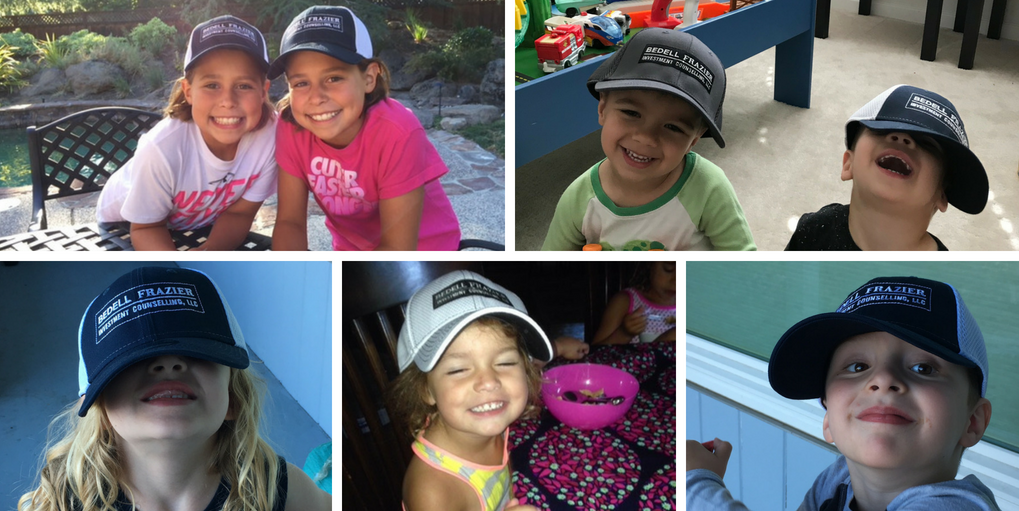What do Central Banks and Soccer have in common? Both capture an audience. One is much larger than the other and is much more exciting. Central Banks can move markets. Apparently soccer can slow them down. The Digital world is impacting both. Read on for more.
Stocks sold off to close out the eventful week which contained a North Korean summit, a Fed meeting and increasing threats of a trade war. The Fed outlined a strong second half of the year ahead, with growth and inflation driving their thinking. Another interest rate hike was made. The problem is, the yield curve keeps flattening. The spread between 2’s and 10’s has shrunk to a decade low 38 bps this week. This is the tightest spread since the Fall of 2007, which marked the highs for the S&P before the Financial Crisis. Things are quite different now, and much, much healthier, but a flat curve could lead to inversion which has almost always signaled a pending recession. The curve inverted in 2006, well in advance of the 2008 crisis. Today, the front end, controlled by the Fed, keeps rising. The back end, controlled by the Market has stopped. Importantly, the back end of the yield curve is influenced by international central banks, which have kept interest rates near historic lows. The Fed is in a bit of a pickle, and they seem to know it.
The Federal Reserve raised interest rates for the second time this year and upgraded their forecast to four total increases in 2018, as unemployment falls and inflation overshoots their target faster than previously projected. Throw in the fact that current realized Economic Growth is far outstripping what is sustainable by traditional math metrics. The Fed needs to temper this over heating growth for it to remain sustainable and longer lasting. The slack between realized growth and what is sustainable is where inflation comes from. Raising rates is the Fed’s way of trying to suppress this big gap or slack, therefore putting a lid on inflation. Chairman Jerome Powell said the main takeaway was that “the economy is doing very well.” Corporate earnings have been white hot too. Things are not as rosy overseas though, and the threat of trade wars with China, Canada and Mexico is shaking confidence a bit.
The European Central Bank announced their plan to keep rates in check until the Summer of 2019. The ECB has been hands on in support of the European economy since the crisis. They still are. And there’s a reason. Italy and Great Britain are testing the fragility of the European Union. The Bank of Japan is keeping its ultra-easy monetary policy, with the short-term interest rate target at minus 0.1% because inflation isn’t getting close to the central bank’s 2% target. Negative interest rates in Japan.
The spread between US Treasuries and High-Yield is tight too. In fact, it’s the tightest spread since before the Financial Crisis. This sends a signal that growth is real and concerns are very low for corporate default. Remember, High Yield is another term for Junk. The Junk Bond Market is one of those areas that show the first signs of stress in the system. There isn’t much right now. That’s really good and important. However, I’d also make the argument that investors are not being compensated for the additional risk taken owning Junk Bonds. That usually ends poorly for those unaware and yield seeking.
European central banks clearly have a lot on their plate. But that didn’t stop them from doing a statistically significant study. An analysis of 15 global stock exchanges by the ECB and Dutch central bank found that trading volumes drop by roughly 33% from normal levels during the World Cup of soccer. The research also found that median trading volume was 55% lower than normal when the national team from an individual exchange’s country was playing. People on Planet Earth like soccer. The 2018 World Cup began Thursday night with a Russian victory over Saudi Arabia. Russia is the host.
This weekend will be packed with soccer, or shall I say futbol, and billions will be watching. 3.2 Billion people tuned in to the World Cup in 2014. That is nearly half the world’s population. Over 1 Billion watched the championship game when Germany beat Argentina. To put that in perspective, roughly 150 Million people watch the Super Bowl, which is the most watched television event in the US. But the Super Bowl doesn’t come anywhere close to the World Cup. And in a sign of the times, nearly 300 Million people watched the World Cup on a mobile device 4 years ago. The volume of mobile internet video traffic has increased more than 8X since 2014. This year, there could be over 1 Billion people that watch the World Cup on a mobile device. Unfortunately, you won’t see the United States play as the American team failed to qualify for the first time since 1986. The ratings might not soar on American soil. But half the planet will tune in with interest. It’s the digital age and it’s very investable.
Have a nice weekend. We’ll be back, dark and early on Monday.
Mike
Happy Father’s Day to all our BFIC Dads
The Bedell Frazier Traveling Hat is taking a break from its summer travels to celebrate all of the amazing dads this weekend. Hat’s off to you, Dad! Thank you for all you do.








